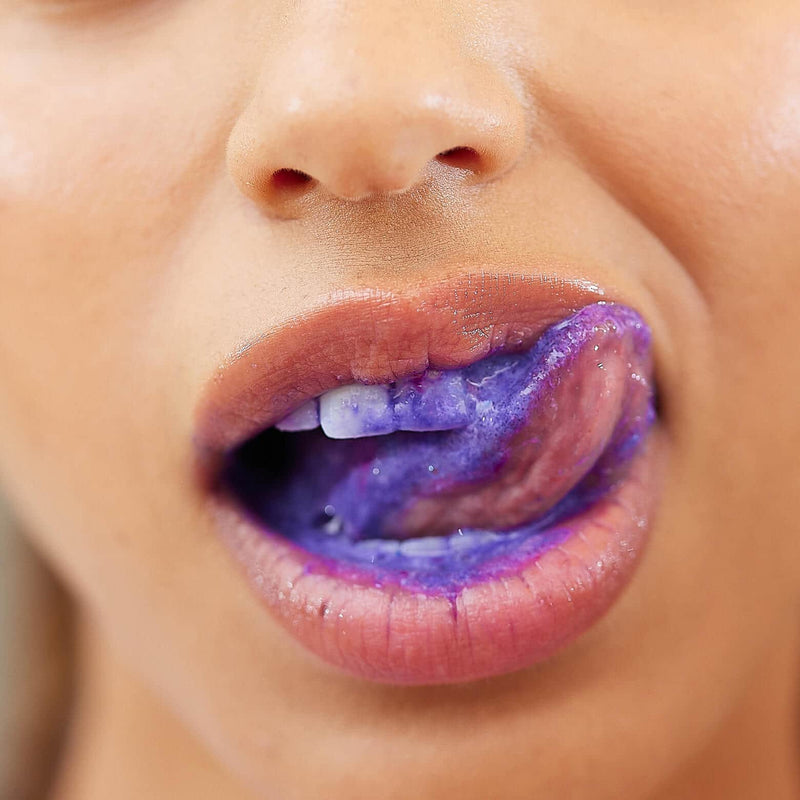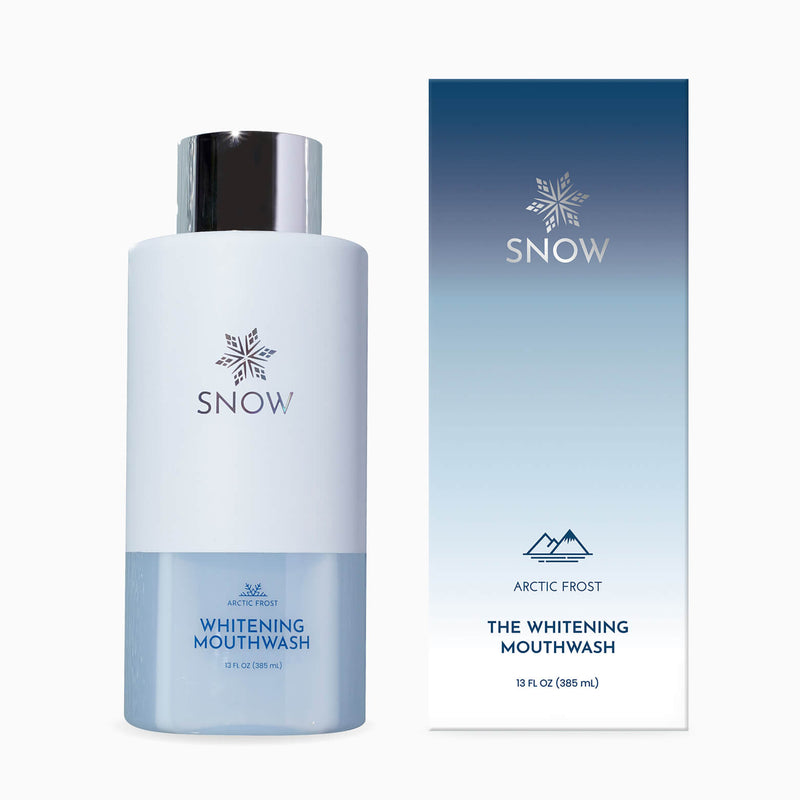A smile a day keeps the doctor away. But what if you are unhappy with your smile? What if you have bad breath and are self conscious when speaking to people? How does that affect your confidence and your social life?
Many people do not think about these things when it comes to good oral hygiene and the important role it plays in their overall health.
Practicing Good Oral Hygiene
Yes, the dentist and dental hygienist always tell you to floss and brush every day. But what does that mean for you? I'll break it down for you because it is really simple.
Proper oral hygiene routine
The most important time to perform an oral hygiene routine is right before bed. To prevent tooth decay, gum diseases, and tartar buildup, here is what you need to do.
FRBR | Floss, Rinse, Brush, Repeat - It's really that simple.
Flossing
You want to floss first so that you can remove plaque buildup from between your teeth, scrub the inter-proximal teeth surface, and pop that piece of lettuce that was stuck between your teeth. This opens up the space between your teeth for your toothbrush bristles to reach into.
Rinse daily
Now that you have flossed the dental plaque and food out from in between your teeth, you are on the right path towards taking control of your oral health.
You now need to rinse the food and plaque out of your mouth. You can use water or mouthwash. Using a mouthwash with fluoride is always advised so that the fluoride can help make your enamel more acid-resistant, preventing tooth decay.
Rinse your mouth really well and spit it out into the sink. Now you can see all of the nasty stuff that was stuck in between your teeth!
Brush for 2 minutes
Electric toothbrushes are great because they have built-in timers for 2 minutes, they have different settings for gum stimulation and whitening. If you do not have an electric toothbrush, get a manual soft-bristled toothbrush.
Use a small pea-size amount of fluoride toothpaste and brush your teeth for 2 minutes. Why 2 minutes you ask? Well, your mouth is split into 4 quadrants. There are two on the top (left and right) and two on the bottom (left and right). You are supposed to brush for 30 seconds on each quadrant. If you multiply 4 quadrants by 30 seconds, you get 2 minutes!
SNOW's LED Electic Toothbrush comes with a built-in two-minute timer.
After you finish brushing for 2 minutes, spit out the excess toothpaste but do not rinse with water afterward. Why? Because if you rinse with water right after brushing, you do not allow the fluoride enough tie to absorb into your teeth.
Repeat
You want to ensure you practice this oral hygiene routine daily, especially right before bed. This will help you maintain your oral health and prevent tartar buildup, tooth decay, and gum disease.
Gum diseases
What happens when you have improper brushing habits and have poor oral hygiene? Well, let me tell you!
Gingivitis
Gingivitis is an inflammation of the gums. But wait, why are they inflamed? Oh, that's because you are not brushing and flossing your teeth regularly
Regular brushing is crucial to removing bacteria trapped along your gum line.
As you eat, food debris mixes with bacteria along your gum line. If you do not remove this bacteria and plaque, your gums become irritated. Your gums like to be able to touch your teeth. When there is food buildup and bacteria preventing your gums from touching your teeth, your body sends blood to the area to try and fix the issue.
Our bodies send nutrients to affected areas via blood. So now you have red and puffy gums, filled with blood but the blood doe not fix the issue. That is why your gums become inflamed, and you have bleeding gums.
This is called gingivitis. Gingivitis is reversible. All you have to do is remove the plaque and tartar from the teeth with proper oral hygiene. If you maintain proper oral hygiene, the gums will be happy and return back to a normal healthy pink color.
What happens if your gingivitis is left untreated?
Periodontal disease
Periodontal disease is not reversible. Let me say that in another way. Once you have periodontal disease, you cannot cure it. The only thing you can do is manage it.
Periodontal disease is characterized by bone loss and gum recession. But why and how does that happen?
When you leave plaque and bacteria along the gum line, you allow for an environment for a new type of bacteria to flourish. This bacteria lives under your gums.
When you leave plaque on your teeth and do not remove it, it turns into hard deposits called tartar, also called calculus. This tartar build up prevents your gums from touching your teeth so your gums become inflamed. The bacteria that caused periodontal disease starts to affect your bone levels, causing loose teeth and many other issues.
Black tartar signs
So what turns tartar buildup black? Well, tartar naturally has a yellowish color to it but certain things can cause the tartar build up to turn black. Teeth tartar can turn black from smoking tobacco products and/or consuming beverages such as red wine.
Get rid of black tartar on teeth
No one wants a stained smile or sensitive gums. You can prevent black tartar buildup by getting a professional cleaning and maintaining proper oral hygiene.
Cleaning process
To treat gingivitis, your dental professional will perform regular cleaning of your teeth and clean off the tartar above your gum line. We use special tools to scrape off the tartar buildup. You should have a regular cleaning at least once a year. For people with poor oral hygiene, we might recommend it twice a year.
To manage periodontal disease and remove subgingival tartar, your dental professional will perform a procedure called scaling and root planing. This helps to remove tartar under the gum line.
Prevent black tartar
Maintain proper oral hygiene and oral health to prevent tartar. If you consume sugary foods, rinse with water afterward to help prevent decay. FRBR is the method you want to follow as explained above. You can also use a water flosser or an interdental brush to flush out food from in between your teeth, but they should not be used to substitute flossing. Professional cleanings help you control gum issues and gum diseases. There is even some special tartar control toothpaste out there that you can use to manage tartar buildup.
- Dr. Gibbz (Public Health Dentist)
Disclaimer: This article is for educational purposes only and there is no doctor/patient relationship being established by reading this article. Always consult with your dentist or primary care provider. This article is not intended to offer medical or dental advice to anyone, it is not intended to diagnose any medical or dental conditions that you may have. There are no warranties and/or guarantees being made with the information being presented in this article.



























